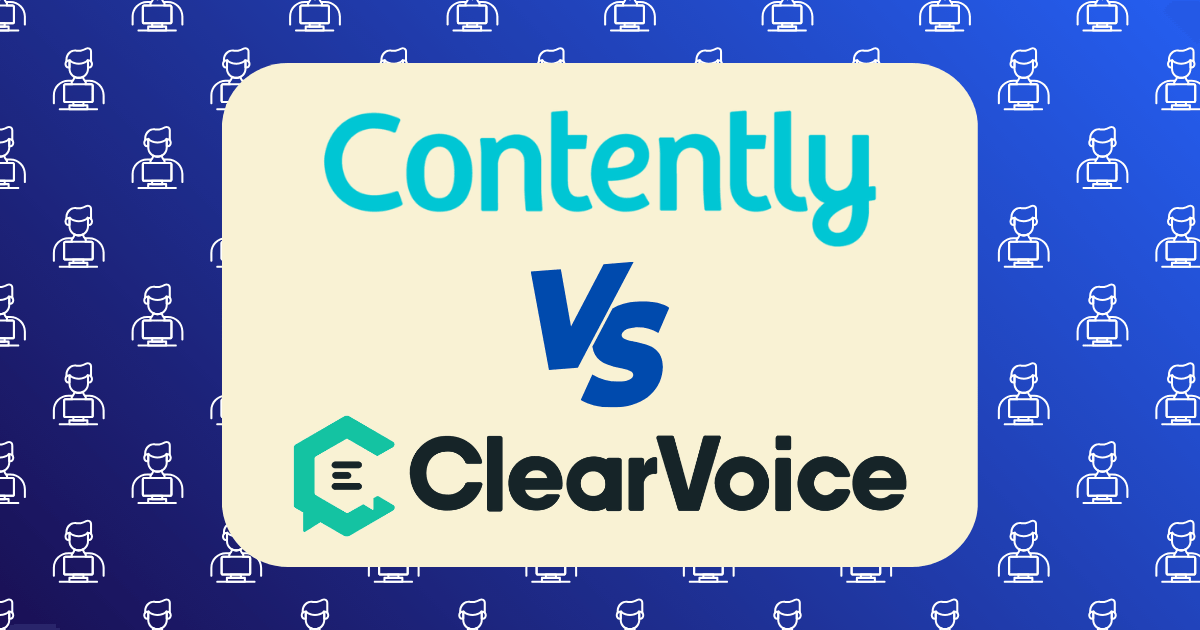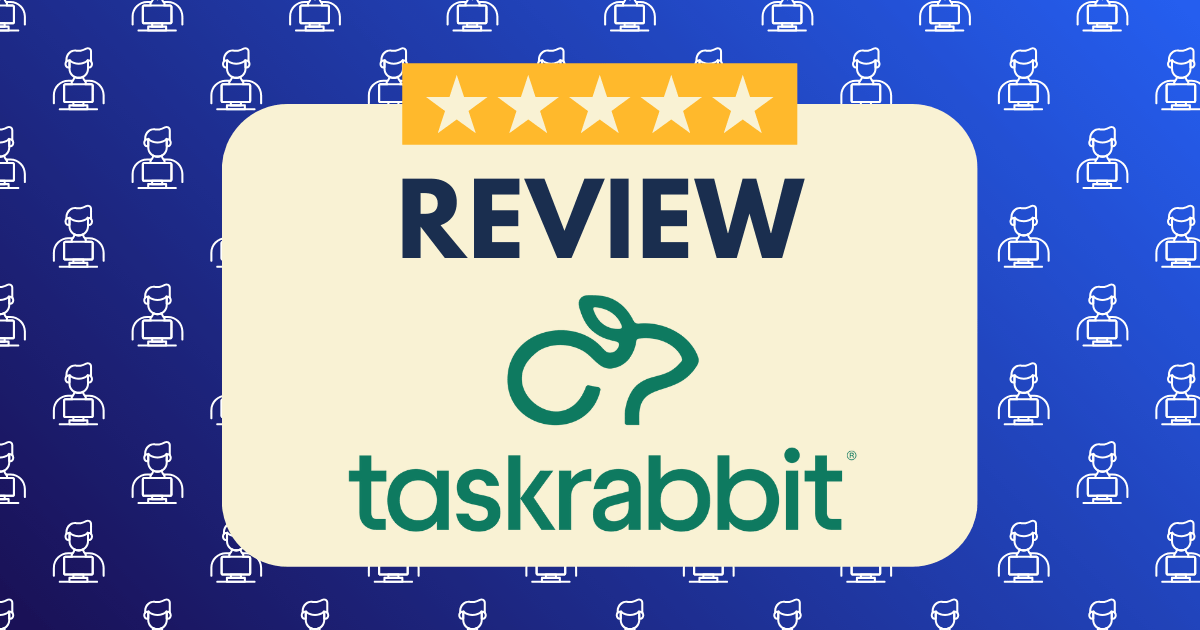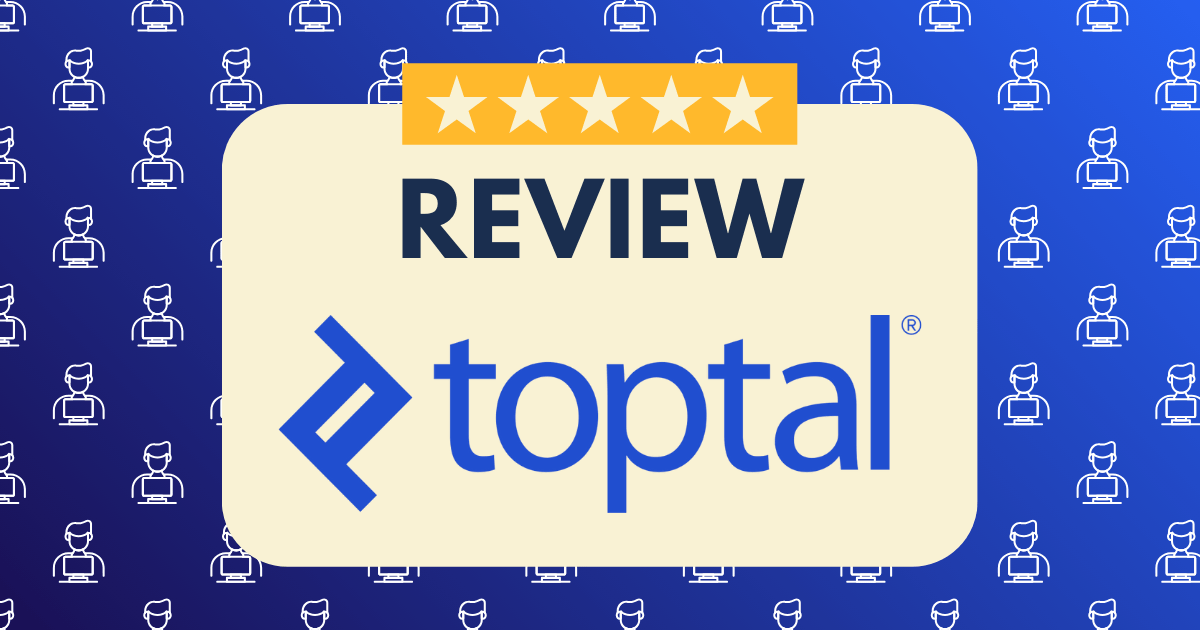How I Turned My Social Media Addiction into a $3,000/Month Management Business

Two years ago, I was spending four hours daily scrolling through Instagram, TikTok, and Twitter—what most would classify as a textbook social media addiction. Today, that same “addiction” generates $3,000 monthly in predictable income through my social media management business. This transformation wasn’t accidental but rather the strategic application of psychological principles to convert an unproductive habit into a profitable enterprise.
This comprehensive guide details my journey from compulsive consumer to strategic service provider, outlining the exact framework I used to monetize skills I had unknowingly been developing for years.
The Psychological Shift: From Consumer to Strategist
The first breakthrough came when I recognized that my “addiction” represented a significant untapped asset. Research from the Journal of Consumer Psychology suggests that habitual social media users develop an intuitive understanding of platform dynamics that formal education can’t replicate.
My transformation began with three critical mindset shifts:
1. Reframing “Time Wasted” as “Market Research”
I began analyzing rather than merely consuming content, asking:
- Why did I stop scrolling to engage with specific posts?
- What patterns emerged in high-performing content across industries?
- How did different brands elicit emotional responses through visual and written elements?
This analytical approach transformed passive consumption into active learning, providing insights that would later become the foundation of my service offerings.
2. Converting Platform Knowledge into Strategic Value
Each platform has distinct psychological triggers that drive engagement. My years of usage had given me implicit knowledge of:
- Instagram: The visual hierarchy that captures attention in milliseconds
- TikTok: The narrative structures that prevent users from scrolling past
- LinkedIn: The content framing that establishes professional authority
By explicitly documenting these observations, I developed proprietary frameworks that would later differentiate my services from competitors.
3. Understanding the Business Owner’s Perspective
The final shift involved recognizing the psychological barriers preventing business owners from managing their own social media effectively:
- Time scarcity: Most owners lack the 5-10 hours weekly required for effective management
- Platform anxiety: Many experience stress when trying to keep up with ever-changing algorithms
- Results uncertainty: Without clear metrics, social media feels like shouting into the void
These insights helped me position my services not merely as content creation but as solutions to specific business challenges.
Market Research: Identifying the Opportunity Gap
Before launching my services, I conducted structured research to identify the optimal market position:
1. Local Market Analysis
I surveyed 25 local businesses about their social media practices and discovered:
- 72% recognized social media as “very important” to their business
- 68% spent less than 2 hours weekly on social media management
- 84% had never hired dedicated social media support
- 76% expressed dissatisfaction with their current social presence
This revealed a significant gap between perceived importance and actual implementation—a perfect entry point for my services.
2. Competitor Analysis
Examining 15 local social media managers revealed:
- Most charged between $500-$1,500 monthly per client
- The majority offered generic packages across all industries
- Few provided concrete performance metrics or ROI analysis
- Most positioned themselves as “do-everything” generalists
This highlighted an opportunity to differentiate through industry specialization and results-focused reporting.
3. Service Gap Identification
Through interviews with business owners, I identified three common complaints about existing social media services:
- Lack of authentic brand voice: Generic content that didn’t capture the business’s unique personality
- Poor communication: Minimal updates on strategy or performance
- Unclear results: Difficulty connecting social media efforts to business outcomes
These insights shaped my service design and communication strategy, addressing the specific pain points other providers missed.
Business Foundation: Establishing the Infrastructure
With clear market insights, I built the foundational elements of my business:
1. Service Package Design
Rather than offering generic packages, I created three distinct service tiers based on common client needs:
Foundational Presence ($750/month)
- Platform setup and optimization
- 12 posts monthly across two platforms
- Basic engagement monitoring
- Monthly performance report
Growth Accelerator ($1,500/month)
- 20 posts monthly across three platforms
- Custom content creation (photography/graphics)
- Community engagement management
- Bi-weekly strategy adjustments
- Detailed analytics and insights
Authority Builder ($2,500/month)
- All Growth Accelerator features
- Influencer relationship management
- Paid advertising management
- Competitive analysis
- Weekly strategy calls
- Advanced ROI tracking
This tiered approach allowed clients to select services aligned with their specific goals and budget constraints.
2. Operational Systems Development
To ensure consistent delivery while maintaining profitability, I implemented several key systems:
Content Management System
- Notion for content planning and client approvals
- Later for scheduled posting across platforms
- Canva Pro for graphic design and templates
Client Communication Framework
- Standardized onboarding questionnaire
- Weekly update email template
- Monthly performance report structure
- Quarterly strategy review process
Performance Tracking Dashboard
- Custom Google Data Studio reports for each client
- Automated data collection from social platforms
- Business impact metrics (website traffic, lead generation, sales)
These systems allowed me to efficiently manage multiple clients while maintaining high-quality service delivery.
3. Pricing Strategy Implementation
My pricing strategy was designed to balance accessibility with profitability:
- Entry-level package priced to attract first-time social media service buyers
- Mid-tier package positioned as the best value (and most frequently purchased)
- Premium package created for established businesses with complex needs
This structure enabled me to serve clients across different budget levels while maintaining an average client value of $1,500 monthly—requiring just two clients to reach $3,000 in monthly revenue.
Client Acquisition: Building the Revenue Stream
With my business foundation established, I implemented a systematic client acquisition strategy:
1. The Portfolio Paradox Solution
Every new service provider faces the same challenge: clients want to see examples of your work, but you need clients to create examples. I solved this through a strategic pro bono approach:
- Identified three local businesses I genuinely patronized and admired
- Created sample content specific to their brand (3-5 posts per business)
- Presented these samples alongside a proposal for a one-month free trial
- Delivered exceptional results during the trial period
- Converted two of the three businesses to paying clients
This approach provided authentic portfolio pieces and testimonials, establishing crucial social proof for future client acquisition.
2. The Specialized Expertise Positioning
Rather than competing as a general social media manager, I positioned myself as a specialist in three specific industries:
- Boutique fitness studios
- Independent restaurants
- Professional service providers (attorneys, financial advisors, etc.)
This specialization allowed me to:
- Develop deep knowledge of industry-specific challenges
- Create content templates tailored to each vertical
- Build a reputation within targeted business communities
- Command premium rates based on specialized expertise
By focusing on these niches, I quickly became the go-to resource for social media within these specific industries.
3. The Educational Marketing Funnel
To generate consistent leads, I implemented an educational marketing approach:
- Created industry-specific guides (e.g., “The Restaurant Owner’s 15-Minute Social Media Audit”)
- Distributed guides through targeted LinkedIn outreach and local business groups
- Offered free 30-minute consultations to discuss audit results
- Presented service options to qualified prospects during consultations
This approach positioned me as a helpful resource rather than a pushy salesperson, resulting in a 35% consultation-to-client conversion rate.
Scaling to $3,000/Month: The Mathematical Framework
Reaching my $3,000 monthly revenue target required a strategic combination of client acquisition and retention:
1. The Client Portfolio Mix
My target revenue was achieved through a balanced client portfolio:
- 1 Authority Builder client ($2,500/month)
- 1 Foundational Presence client ($750/month)
- Occasional project work (~$250/month average)
This diversified approach provided stability while allowing me to focus significant attention on delivering exceptional results for my premium client.
2. The Retention Strategy
Client retention proved far more efficient than continuous acquisition. My retention framework included:
- Proactive Communication: Weekly updates preventing “what am I paying for?” questions
- Strategic Overdelivery: Occasionally exceeding scope to demonstrate value (e.g., bonus graphics during special promotions)
- Results Documentation: Monthly reports highlighting specific business impacts
- Quarterly Strategy Reviews: Collaborative sessions to adjust approaches based on results
This systematic approach resulted in an average client retention of 14 months—significantly above the industry average of 3-6 months.
3. The Referral System
Once established, referrals became my primary client acquisition channel. My structured referral process included:
- Formal request for referrals after achieving measurable client results
- Referral incentives (one month of additional service for successful referrals)
- Detailed “How to Refer” guide making it easy for clients to make introductions
- Personalized thank-you gifts for clients who provided referrals
This system generated 65% of new business after the first six months, dramatically reducing customer acquisition costs.
The Psychological Edge: Why My Approach Succeeded
Several psychological principles underpinned my business success:
1. The Expertise Paradox
Counter-intuitively, openly acknowledging my transition from social media consumer to strategist enhanced rather than diminished my credibility. This transparency:
- Demonstrated authentic platform knowledge
- Created relatable connection with business owners
- Established genuine passion for the subject matter
- Differentiated me from “marketing experts” with purely theoretical knowledge
This authentic positioning resonated particularly well with small business owners who valued practical experience over abstract credentials.
2. The Value Perception Framework
I deliberately structured my service presentation to emphasize outcomes rather than activities:
Instead of: “I’ll create 20 posts monthly for your accounts.” I communicated: “I’ll generate approximately 40 hours of audience engagement with your brand monthly.”
Instead of: “I’ll manage your social media comments.” I communicated: “I’ll ensure every customer interaction receives a response within 2 hours, increasing customer satisfaction and retention.”
This outcome-focused language shifted client perception from purchasing my time to investing in specific business results.
3. The Cognitive Load Reduction
Many business owners experience decision fatigue regarding social media. My approach simplified their cognitive burden by:
- Providing clear, limited options rather than endless customization
- Establishing predictable communication patterns
- Creating standardized reporting frameworks
- Managing all platform changes and updates
This reduction in mental overhead became a significant value proposition, particularly for time-constrained business owners.
Lessons Learned: Critical Insights for Aspiring Social Media Managers
My journey from social media consumer to profitable business owner yielded several valuable lessons:
1. Specialization Trumps Generalization
The most significant accelerator of my business growth was industry specialization. This approach:
- Reduced content creation time through industry-specific templates
- Increased perceived expertise and justified premium pricing
- Facilitated more effective client acquisition through targeted marketing
- Enabled the development of industry-specific performance benchmarks
For those entering the field, I strongly recommend selecting 2-3 complementary industries rather than positioning as a generalist.
2. Systems Determine Scalability
The difference between struggling at $1,000/month and comfortably earning $3,000/month was primarily operational efficiency. Key systems included:
- Content batching (creating multiple weeks of content in concentrated work sessions)
- Template development for recurring content types
- Automated reporting processes
- Standardized client communication frameworks
These systems reduced my per-client time investment from approximately 10 hours weekly to 4-5 hours, enabling profitable scaling.
3. Results Measurement Drives Retention
The single most important factor in client retention was demonstrating concrete business impact. Essential metrics included:
- Website traffic from social platforms
- Lead generation attributed to social content
- In-store visits mentioned from social exposure
- Direct sales from social promotions
By connecting social media activities to business outcomes, I transformed the perception of my services from a marketing expense to a revenue-generating investment.
Getting Started: Your Roadmap to $3,000/Month
For those looking to replicate this success, I recommend the following structured approach:
Phase 1: Preparation (1-2 Months)
- Audit your own social media usage and document platform insights
- Select 2-3 target industries based on your interests and connections
- Develop basic service packages and operational systems
- Create 3-5 sample content pieces for portfolio development
Phase 2: Foundation (2-3 Months)
- Secure 1-2 initial clients through personal network or strategic pro bono work
- Deliver exceptional results and document case studies
- Refine service offerings based on initial client feedback
- Develop industry-specific lead generation materials
Phase 3: Growth (3-6 Months)
- Implement systematic outreach to target industries
- Establish referral systems with existing clients
- Gradually increase rates as demand grows
- Optimize operational systems for efficiency
Phase 4: Stabilization (6+ Months)
- Maintain 2-4 ongoing client relationships
- Continue refining service offerings and operations
- Develop additional revenue streams (training, consulting, etc.)
- Consider selective growth or maintenance at desired income level
This phased approach allows for sustainable growth while maintaining service quality and work-life balance.
Conclusion: The Transformed Relationship with Social Media
Perhaps the most profound outcome of this journey has been my transformed relationship with social media itself. What was once a mindless habit has become a strategic skill set that:
- Generates significant income
- Creates tangible value for local businesses
- Continuously develops through purposeful engagement
- Provides intellectual stimulation and professional growth
This transformation exemplifies how our digital behaviors—even those often labeled as “addictions”—can be reframed and redirected toward productive outcomes through strategic application of psychological principles and business fundamentals.
The path from social media consumer to successful business owner isn’t about abandoning your existing behaviors but rather about applying intentionality and strategic thinking to transform them into valuable market offerings. With the framework outlined in this guide, you can begin your own journey toward converting digital habits into sustainable income.







